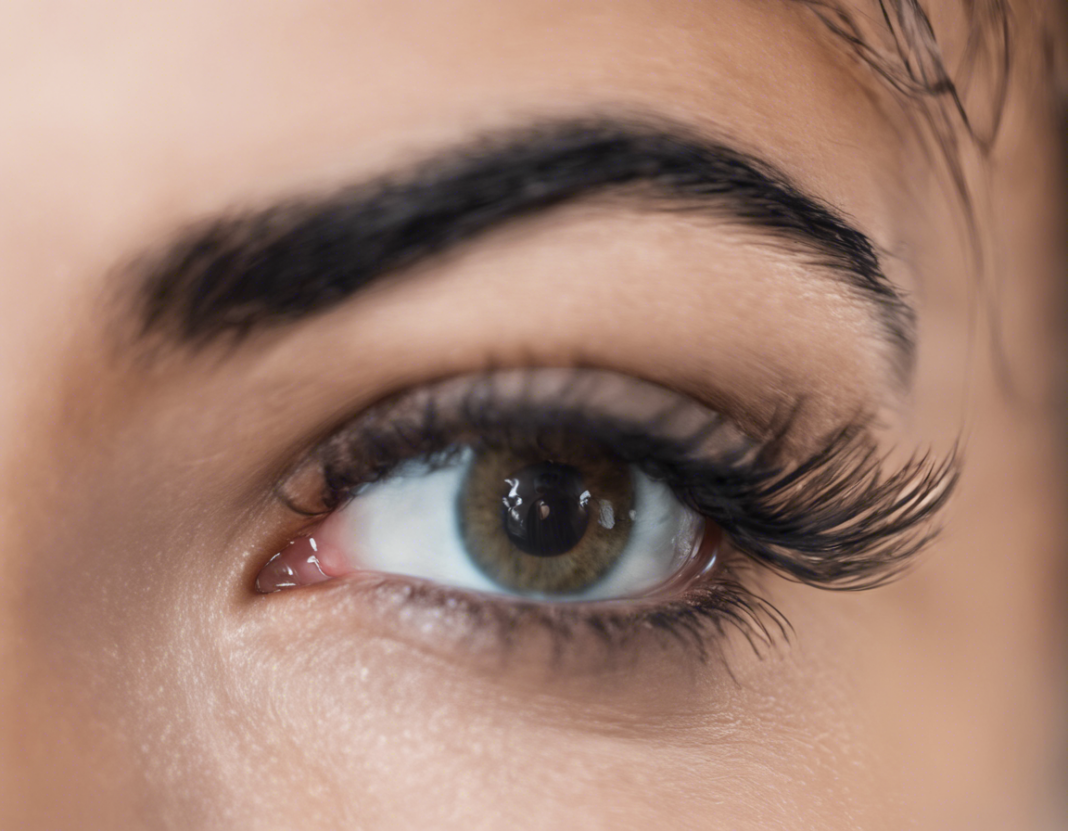Hindi culture is rich with traditions and beliefs that often revolve around auspicious and inauspicious signs and omens. One such belief is the phenomenon of “right eye twitching”, commonly known as “Aankh Phadakna” in Hindi. The twitching of the right eye is deemed to hold special significance in various cultures, including India, with different interpretations for men and women.
What is Aankh Phadakna?
Aankh Phadakna, or eye twitching, is an involuntary and repetitive spasm of the eyelid muscles. This phenomenon is often associated with superstitions and beliefs, particularly in Indian culture. The twitching can occur in either eye, each believed to carry different meanings based on various interpretations and traditional beliefs.
Aankh Phadakna Meaning for Females:
In Hindi culture, the twitching of the right eye is considered to be a positive omen for women. It is believed that when a woman’s right eye twitches, it signifies impending good news, financial gain, or a positive outcome in her near future. The superstition suggests that the twitching of the right eye brings about auspicious events or opportunities for the individual experiencing it.
Common Interpretations of Right Eye Twitching:
1. Financial Gain:
- The twitching of the right eye is often associated with financial gain or **windfall**.
2. Good News:
- Many believe that when the right eye twitches, it heralds the arrival of good news or positive developments.
3. Positive Events:
- **Aankh Phadakna** for females is linked to upcoming positive events, celebrations, or joyful occurrences in their lives.
4. Fortune and Luck:
- Some view the twitching of the right eye as a symbol of increased fortune and luck, bringing prosperity and happiness.
Interpretations in Other Cultures:
While the belief in Aankh Phadakna and its interpretations are prevalent in Hindi culture, similar superstitions exist in other cultures with their unique explanations. For example:
- In Chinese culture, right eye twitching is associated with good luck for men and bad luck for women.
- In African American folklore, right eye twitching is often seen as a sign of an impending visitor or stranger arriving soon.
Factors Influencing Eye Twitching:
While many people believe in the superstitions related to eye twitching, it’s essential to note that scientific reasoning behind this phenomenon points towards factors such as stress, fatigue, caffeine intake, or eye strain. Eye twitching is usually benign and tends to resolve on its own without any significant consequences.
FAQs About Aankh Phadakna:
1. Is right eye twitching always a positive sign for females?
- While traditionally considered auspicious, interpretations of right eye twitching can vary based on cultural beliefs and individual perceptions.
2. Should one act on the predictions derived from Aankh Phadakna?
- It’s essential to take superstitions with a grain of salt and not make significant life decisions solely based on interpretations of eye twitching.
3. Can medical conditions cause eye twitching?
- Yes, eye twitching can be attributed to medical conditions like dry eyes, allergies, or neurological disorders. If persistent or bothersome, consult a healthcare professional.
4. How can one alleviate eye twitching?
- Getting adequate rest, reducing stress levels, limiting caffeine intake, and using warm compresses on the eyes can help alleviate eye twitching.
5. Is left eye twitching equally significant in Hindi culture?
- While some beliefs attribute different meanings to left eye twitching, the popular superstitions often revolve around the right eye for both men and women.
In conclusion, the phenomenon of right eye twitching carries diverse interpretations across various cultures, with Aankh Phadakna being a commonly known superstition in Hindi culture, especially for women. While superstitions add a layer of intrigue to daily experiences, it’s essential to balance beliefs with rationality and seek medical advice if eye twitching persists or causes discomfort.
